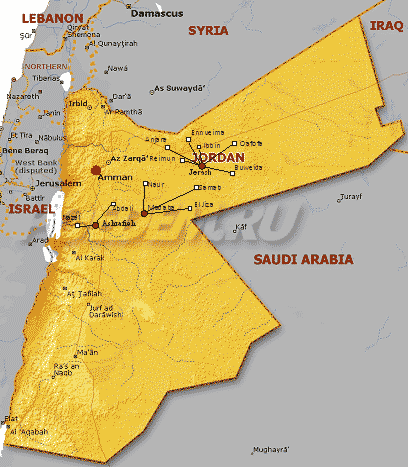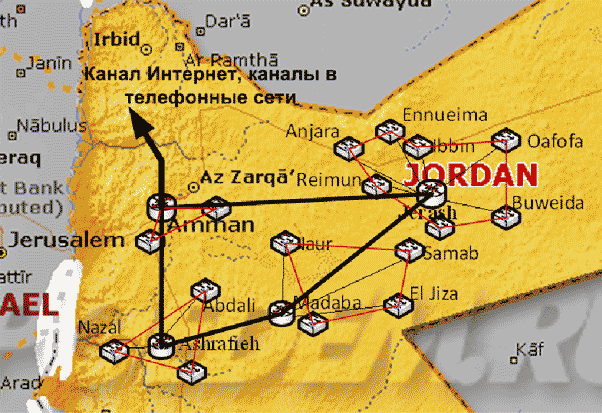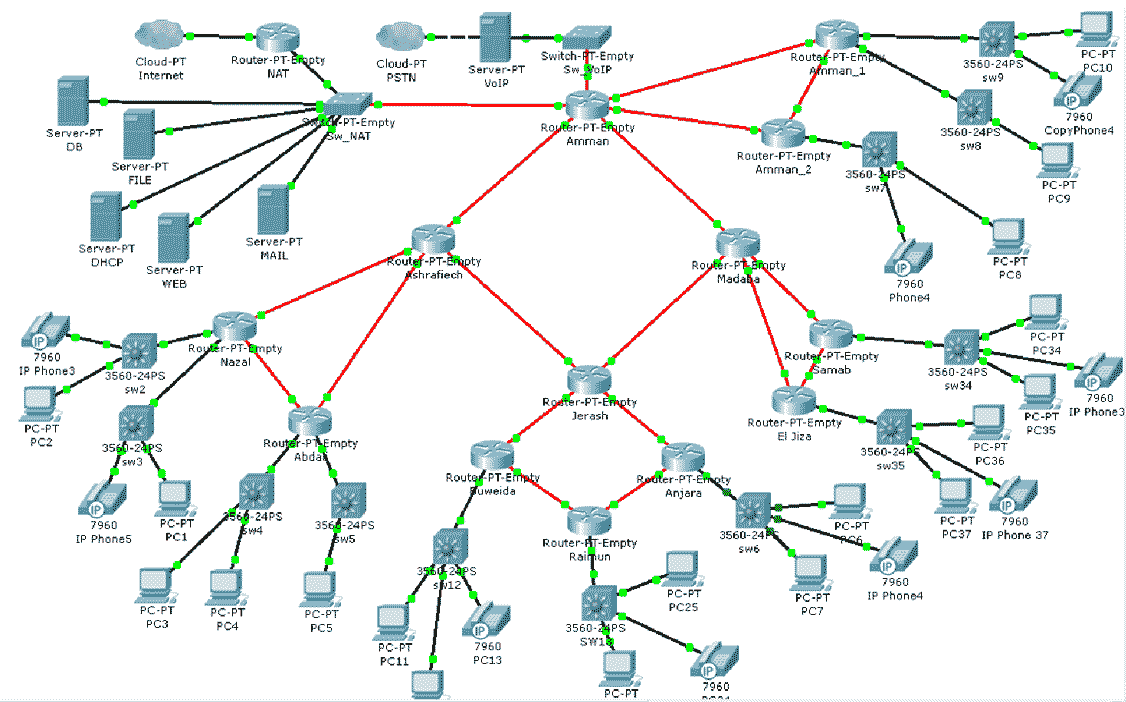Abstract
Сontent
- Introduction
- 1. Analysis of a design object
- 2. Choice of topology and technology of building a network
- 3. Setting up and evaluating the functionality of a network designed
- Conclusion
- References
Introduction
Many modern companies have a structure distributed throughout the country, and sometimes of several countries. Of course, this raises the need for a telecommunications system in a corporate network for data transmission and exchange of telephone traffic between the branches of the company.
Corporate networks – a network-scale single company. Network-scale companies integrate a large number of computers and other telecommunications devices for all branches of the company. Number of users and computers can be measured in the thousands, and the number of servers – the hundreds, the distance between the networks of individual branches require the use of high-speed transport links. One of the areas of improvement is the use of high-speed network data transfer technologies.
The main objectives of the development of corporate networks today are: Universal design of networks, transparent
for users providing them with different services (telephony, video telephony, data transmission). Traffic generated by the various services should be transferred by means of a telecommunication network should be evenly distributed and optimized to load.
Goal of master's work – develop a modern telecommunications network for the national company Jordan Technology Group
(Jordan) for predostvaleniya telecommunications services of high quality. We must perform the following tasks:
Result is a project of the telecommunications network to provide telephone services, data transmission and Internet access, high-quality national network of company Jordan Technology Group
(Jordan).
1. Analysis of a design object
Object of design in this paper is a distributed telecommunications network subsidiaries Jordan Technology Group
(Jordan).
The company Jordan Technology Group
in the design, assembly and sale of high-technology equipment, software development and production of high-tech products for various industries. The activities of the company has turned Jordan into a regional center of technological exchange and maintenance.
Recently, several companies are built on assembly of computers, software, manufacturing high-tech nanofilms for agriculture, manufacturing products from plastics vysosoprochnogo, assembling helicopters.
All offices and production facilities must be consolidated into a single telecommunications infrastructure.
The company is headquartered in Amman. These branches should be included in a telecommunications network. The infrastructure of the company is represented in Figure 1.

Figure 1 – Infrastructure of the company Jordan Technology Group
2. Choice of topology and technology of building a network
After analyzing the possible network topologies scale corporate TCR, as well as taking into account the geographical aspects of the area and the possibility of the location of switching nodes in the locations of business units, we conclude that to ensure the scalability and performance, the most reasonable is the topology of the "ring" at the transport level connection to the ring level of access.
The advantage of this topology is that, in comparison with topologies it has better fault tolerance, since it includes all the best qualities of other topologies.
Thus, this project will be organized by the backbone network on the basis of the ring, which will combine the core network routers (Amman, Ashrafiech, Jerash, Madaba). Network access and distribution, in turn, will be represented by a hybrid topology of the tree-ring: subscribers will be connected to the switches of the working groups on the tree structure, in turn switches to routers include transportation access rings. This will keep the services of the subscribers in case of emergency.
Core routers are included in the big ring road that connects the routers branches from a central router Amman provides access to the PSTN and the Internet. The network topology in conjunction with a map of Jordan is shown in Figure 2.

Figure 2 – Location of nodes on Jordan map
3. Setting up and evaluating the functionality of a network designed
Basic configuration of network nodes carry out the program Packet Tracer. The model network shown in Figure 3. Configuring the router will hold the example router R1 (Amman).
Router>enable
Router#configure terminal
Router(config)#hostname R1
R1(config)#interface GigabitEthernet0/0
R1(config–if)#ip address 10.7.255.234 255.255.255.252
R1(config–if)# speed auto
R1(config–if)# duplex auto
R1(config–if)#no shutdown
R1(config–if)#exit
R1(config)#interface GigabitEthernet1/0
R1(config–if)#ip address 10.8.255.253 255.255.255.252
R1(config–if)# speed auto
R1(config–if)# duplex auto
R1(config–if)#no shutdown
R1(config–if)#exit
R1(config)#interface GigabitEthernet2/0
R1(config–if)#ip address 10.3.0.1 255.255.0.0
R1(config–if)# speed auto
R1(config–if)# duplex auto
R1(config–if)#no shutdown
R1(config–if)#exit
R1(config)#interface GigabitEthernet3/0
R1(config–if)#ip address 10.2.0.1 255.255.0.0
R1(config–if)# speed auto
R1(config–if)# duplex auto
R1(config–if)#no shutdown

Figure 3 – Model Network Packet Tracer
To verify the simulation results has been built in the packet Packet Tracer 5.3 model of the segment, adjust the basic units, the distribution of IP-addresses, and then were evaluated by the operation of its main characteristics. The maximum packet delay for VoIP services without the use of reserve satellite was 145 ms. The obtained value corresponds to the delay requirement for QoS networks for VoIP traffic in the TOR (150 ms).
Conclusion
In the master's work is proposed to develop a modern telecommunications network for the national company Jordan Technology Group
(Jordan) for predostvaleniya telecommunications services of high quality.
The network consists of 15 branches, four of them are switching centers kernel transport network (Amman, Ashrafiech, Jerash, Madaba). The network passed to various types of traffic: data, voice, video, transaction. Calculation of traffic showed that the level of access, select transport channels 1 Gbit/s, at the kernel level to 2.5 Gbit/s. External telephone channel 2 * PRI, the external Internet channel 2 Gb/s. To access the internal servers and channels users to the workgroup level branch is sufficient channel 100 Mbit/s.
The backbone network will be organized on the basis of the ring, which will combine the core network routers (Amman, Ashrafiech, Jerash, Madaba). Access network, in turn, will be represented by a hybrid topology of the tree-ring: subscribers will be connected to the switches of the working groups on the tree structure, in turn switches to routers include transportation access rings. The analysis shows the efficiency of the transport network based on database technology Gіgabіt Ethernet and optical transmission medium.
Access routers are connected to the ring road and is included in the core router technology Gіgabіt Ethernet 1000BASE-SX. Core routers will be connected to poіnt poіnt Gіgabіt via Ethernet 10GBASE-SW.
Given the fact that to build the transport network technology chosen Gіgabіt Ethernet, as well as the need to provide VoIP services to be efficiently used at levels of distribution and access network technology, Fast Ethernet. As a basic technology for building a local network of branches in the chosen technology for Fast Ethernet 100 Base-TX.
References
- Компьютерные сети. Принципы, технологии, протоколы / В.Г Олифер, Н.А Олифер – СПб: Питер, 2000 – 672 с.
- Компьютерные сети / Ю.А. Кулаков, Г.М. Луцкий – К., Юниор, 1998. – 384 с.
- А.Ретана, Д.Слайс, Р.Уайт. Принципи проектування корпоративних IP–мереж. "Вільямс", 2002. – 368 с.
- Олифер В. Олифер Н., Компьютерные сети. – Санкт–Петербург: Питер, 2003.
- Столингс В., Современные компьютерные сети. – Санкт–Петербург: Питер, 2003.
- Таненбаум Э., Компьютерные сети. – Санкт–Петербург: Питер, 2003.
- Обзор продуктоов и решений компании Cisco Systems/Г. Большаков и др. – Киев: Cisco Systems, 2002. – 84 с.
- Руководство по технологиям объединённих сетей Internetworking Technologies HanDBook. – 4. – М.: «Вильямс», 2005. – С. 1040.
- Барсков А.Г. ТВ в сетях IP // Сети и системи связи. 2004. № 11.
- Кузовкова Т.А. Состояние и перспективи развития ринка услуг связи в области телерадиовещания // Вестник связи. 2004. № 1.
- Песков С.Н. Интерактивние мультимедийние кабельние сети // ИКС. 2004. № 1.
- Структурированные кабельные системы. Стандарты, компоненты, проектирование, монтаж и техническая эксплуатация/Семенов А.Б., Стрижаков С.К., Сунчелей И.Р. – М.: КомпьютерПресс, 1999. – 488 с.
- Проектирование и внедрение компьютерных сетей. Учебный курс. Палмер, Питер-Пресс, 2004.
